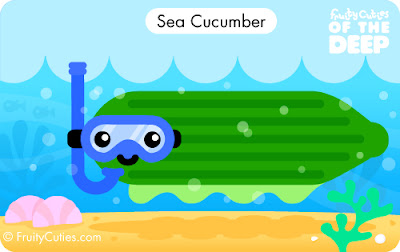
Related to the cardoon, globe artichokes (Cynara cardunculus var. scolymus) are native to the Medeterranian, and have been cultivated in Sicily since the time of the ancient Greeks. They derive their name from the Italian word ‘articiocco’, which comes from the Ligurian word ‘cocali’ meaning pine cone.
Artichokes are perennial thistles, developing in their first
year and flowering in their subsequent years. The edible artichoke that we eat is
the unopened flower of the plant.
There are hundreds of varieties of artichoke to choose from. You can still buy a few of the old historic varieties such as 'Violetta di Chioggia', and 'Gros Vert de Laon'. The edible flower is produced from the second year onwards, although some varieties of artichoke can be grown from seed as annuals.
Artichokes can grow up to 2 metres high. They have silver-green leaves and the purple florets develop in a large flower head. If left to flower the bud will be 20 cm in diameter and have purple petals. They are very decorative and can be used successfully in potagers, vegetable gardens or in herbaceous borders.
The season for harvesting artichokes is the spring, but this can continue into the summer and mid-autumn. They have good keeping qualities, remaining fresh for several weeks.
 You can grow
artichokes from seed or propagate from rooted cuttings. Artichokes require
space, a rich and well drained soil, as well as protection from frost. Ensure
you water throughly too.
You can grow
artichokes from seed or propagate from rooted cuttings. Artichokes require
space, a rich and well drained soil, as well as protection from frost. Ensure
you water throughly too.
Artichokes are considered a culinary delicacy and have been highly prized in the past. And no wonder, when they have so many health benefits. Artichokes have more antioxidants in them than any other vegetable. They are rich in vitamin C, iron and potassium and have been found to reduce cholesterol. They can improve digestion and a medium artichoke contains more fibre than a cup of prunes. In addition, they have cancer fighting properties.
























